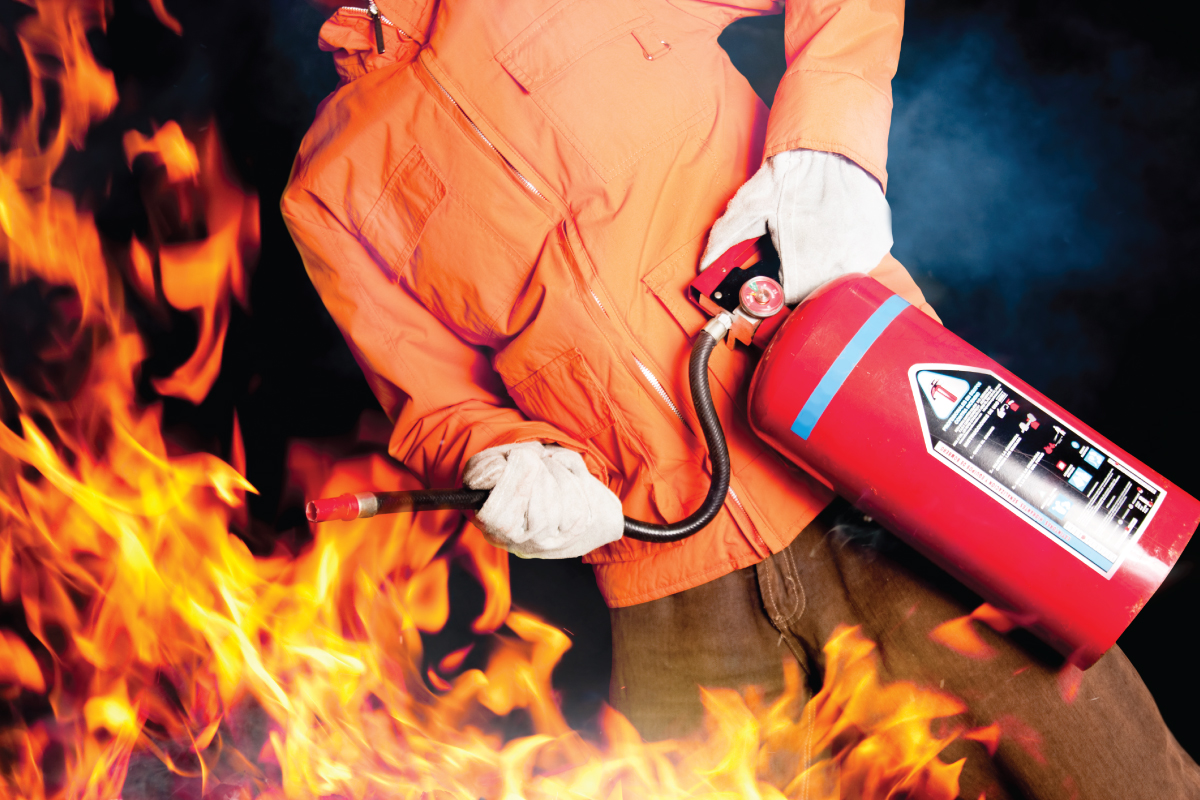Let’s clear up a basic fact: Chlorine is and will continue to be a basic component of a swimming pool’s water-sanitizer system. It’s not going anywhere. Chlorine remains a good oxidizer and residual sanitizing element for most pool applications.
But technology doesn’t stand still, even for chlorine. Modern sanitizing technology has rapidly evolved in much the same way single-speed pumps have given way to variable-speed pumps.
What changed for water sanitization? A growing recognition that chlorine can’t – and shouldn’t – go it alone as a water sanitizer. Research has shown chlorine doesn’t have the sanitizing muscle to act as a do-it-all, single-source cleansing system. It needs help to combat microbials, chloramines, cryptosporidium, giardia, and other nasty, chlorine-resistant bugs.
Small wonder so many top pool builders now insist on a two-step sanitization process.
For some pool supply companies, the two-step sanitizing solution is so fundamental to pool hygiene and human health they’ve organized their business around it.
Take CMP, a leading pool, spa, and bath products company. They view two-step sanitizing as a key differentiator in modern pool practice. So much so, they call the two-step process the Complete Modern Pool™.
Chlorine Needs Help
Vic Walker, CMP product development and marketing manager, explains: “The pool today is very different than the pool of 15 or even 10 years ago. Technology has changed along with a growing understanding of chlorine’s limitations. Chlorine is a great residual sanitizer. You also need a secondary solution like ultra violet light (UV), ozone, or advanced oxidation process (AOP) to go where chlorine can’t to ensure clean, healthy pool conditions.”
Walker says UV and ozone have been around for years and are widely recognized for their cleansing ability. Like chlorine, they do several things very well but can’t be expected to be a total solution. AOP is the intriguing secondary sanitizer, according to Walker. “AOP is what happens when you combine UV light and ozone. It creates a third element called a hydroxyl radical. Hydroxyl radicals have a higher efficacy rating than either UV or ozone on their own,” he says.

Dudarev Mikhail
Good – Better – Best
Walker’s company takes a neutral position on which of the three secondary elements works best. When considering oxidation power, Walker will say the three secondary elements – UV, ozone, and AOP – can be thought of as Good, Better, and Best Systems:
- Good Chlorine and UV
- Better Chlorine and Ozone
- Best Chlorine and AOP
Fewer Chemicals, Better Health
One interesting benefit of the dual-element strategy is a dramatic reduction in the amount of chlorine that is required to maintain a proper residual level. That lower requirement should appeal to any health-conscious pool owner with children or grandchildren. The dollar savings are substantial, too. “We’ve been able to document chlorine reductions of 50, 60, and even 70 percent, depending on bather load,” Walker reports. The other wow factor is water clarity that will be a revelation to most pool owners.
Walker admits price used to be an argument against the dual system. No more. “The prices for adding a UV, ozone, or AOP system are falling and continue to fall. The payback in maintenance savings can be swift,” Walker says.
It’s time to give chlorine the support it needs by offering pool owners two-step solutions and installation services.



